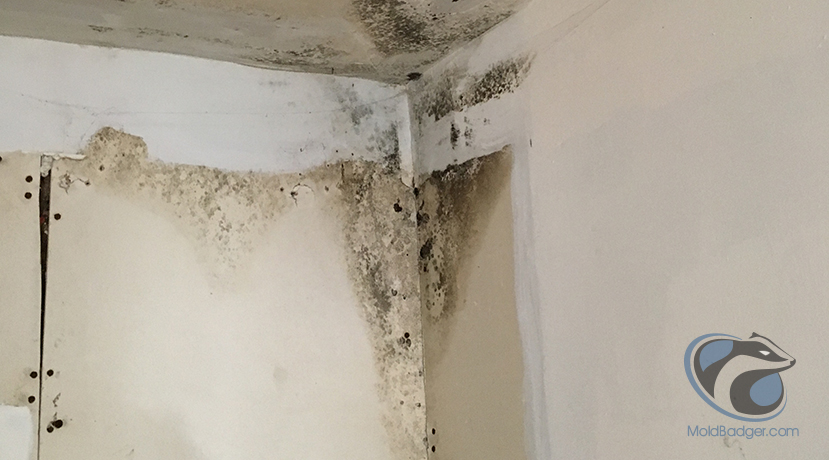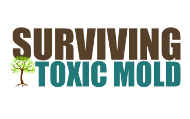|
A Mold Recovery Blog Thursday, January 18 2018
By: Guest Blogger: Elliot Wells, MoldBadger.com Deciding whether to remediate mold or abandon the premises is one of the toughest decisions our clients make. Molds and the mycotoxins they create are nature’s equivalent of chemical weapons. That said, if you own your home, walking away isn’t always an option. This article covers mold testing, mold remediation basics, and the ugly truths of the remediation industry. Most mold issues are invisible to the human eye and only show themselves with a thorough inspection coupled with proper mold testing. So maybe you’ve been suffering from various physical symptoms such as stuffy nose, wheezing, red or itchy eyes, headaches, brain-fog, and fatigue; in doing your research you determine mold to be a likely culprit. The next step is to get accurate mold testing. Not all tests are equal, and the over-the-counter petri-dish tests you get at Lowes are not going to cut it. That’s because mold spores are everywhere in small quantities, and swabbing a surface will of course confirm the presence of mold spores, healthy home or not. These over-the-counter tests are great for confirming the species of visible mold growth, but Mold Badger’s favorite tests are ERMI testing with a dust cloth, air testing because it shows what you are breathing in and swabs to cover large areas that will give you an estimate of the “moldiness” of a structure. You can learn everything about mold testing here. A good air test should answer:
Professional mold testing is almost always required to quantify the problem and unfortunately to prove to other parties that a problem exists and that you aren’t a hypochondriac. We hear this doubt cast all the time by landlords, friends, and family .
It’s sad, but true. To confront the problem you will need evidence that only proper testing provides. Furthermore, if you are renting, professional testing is required to break the lease. Mold Badger is not an attorney. The Surviving Toxic Mold website has started a page for attorneys who specialize in mold cases. If you own the property, you still need to leave while you figure out how to deal with the problem. Stay with friends, family, or at a hotel or short-term rental if you can afford it. The important thing is to remove yourself from the toxic environment. You will see your symptoms improving almost immediately, although the road to full health is a long one. The mold remediation industry is still fairly young and filled with professionals of varying degrees of competence. The trick is to know what makes a professional competent and to get multiple quotes to try to get a common assessment of what needs to be remediated and what it will cost . Indicators of contractor competency:
Just remember, your health is more important than a house. If you suspect a mold issue, get it tested immediately and stay elsewhere if possible. Be careful that any belongings you bring with you aren’t covered in mold. Once you have the issue dealt with professionally, you can sell your house or move back in if you are comfortable with the remediation. If you are renting, consider finding a new place.
Best of luck and check out moldbadger.com for more information on the pitfalls of mold testing and remediation. |
|
Do you think you might have mold in your home, place of business or school? Are you or someone you love suffering from an unknown illness that doctors can't diagnose? Is mold making you sick? Go to our Step by Step and start Surviving Toxic Mold. |






